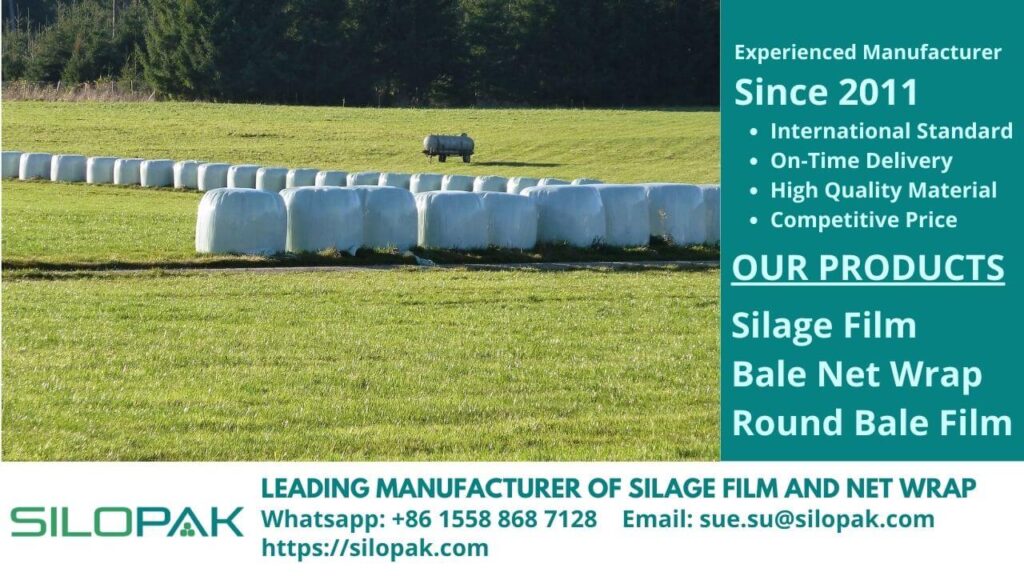
Green fodder plays a very important role in raising livestock, especially dairy animals, because it provides many nutrients needed to support milk production and dairy animals’ health. Farmers usually buy it directly at the producer’s shop. However, nowadays, many farmers choose to produce it on their land rather than buying it. By producing it themself, they can save costs and keep their dairy animals healthy by making sure their fodder is free from chemicals. In addition, they can also make a profit by selling it to other farmers.
contents
What is Green Fodder?
This type of fodder is made from green crops such as cereal crops, legume crops, grass crops, or even tree-based crops.
How to Produce?
Just like planting any other plants in general, You can plant green fodder in your open field or use a hydroponic system by choosing the right hybrid variety. To be more clear, see the following explanation.
Cereal Fodder
Below are the two varieties of cereal crops commonly used for fodder
Sorghum
Sorghum is an annual plant that can grow well in tropical areas with a temperature range between 25°C-36°C and requires an annual rainfall of 300-400 mm. It can be cultivated in any type of soil except sandy soil. On one hectare of land, you will need to plant 40-45 kg seeds. The best time to harvest this plant to be used as fodder is after it has entered the flowering stage.
Maize
Maize is an annual plant that can be cultivated in any type of soil. Usually, to produce about 45-50 tons of maize and 10-15 tons of dry matter, you will need to plant 40-45 kg seeds per hectare. You should plant the seeds about 15 cm apart between each seed in rows that are about 30 cm apart. The best time to harvest this plant to be used as fodder is when the cobs are already in the milk stage.
Legume Fodder
Below are the two varieties of legume crops commonly used for fodder.
Cowpea
This variety is classified as an annual plant that generally grows in tropical, subtropical, or other areas with warm temperatures. Not only used for green fodder, but cowpeas are also used for making straw or silage.
In the process of planting, you will need 40-45 kg of seeds per hectare. The first harvest can be done in 45-50 days after planting the seeds.
Lucerne
This variety is a perennial rooted forage that can grow on land with various climatic conditions. Known as the queen of green, it is very good for animal feed because it contains 15-20 percent crude protein.
In the process of planting, you will need 18-20 kg of seeds per hectare. The first harvest can be done within 70-80 days after planting the seeds.
Grass Fodder
Below are the three varieties of grass crops commonly used for fodder.
Hybrid Napier
This grass variety contains 8-10 percent crude protein. It is classified as perennial grass feed that is strong and more productive because later it will have many tillers and leaves.
In the process of planting, you need slips, not seeds. You need to plant about 40,000 to 45,000 slips per hectare. Harvest time and the first cutting can be done in 70-80 days after planting the slips.
Guinea Grass
This grass variety contains 4-15 percent crude protein and can grow up to 5 meters in height. In the process of planting, you can use seeds or slips. If using seeds, you will need 2-2.5 kg of seeds per hectare. But if you use slips, you will need about 65,000 slips per hectare. From 8 cuts at harvest, it can produce about 150 tons per hectare.
Blue-Buffel Grass
This grass requires quality soil that has been drained very well and has a high calcium content. Very suitable to grow in the meadow.
In the process of planting, you will need 5-7 kg of seeds per hectare. The first harvest and cutting can be done 70-75 days after. In one year, the yield per hectare can reach 35 tons.
Para Grass
This grass variety is a perennial grass and grows well on land with humid climatic conditions. So, it is very suitable to be cultivated in valleys and lowlands that are flooded seasonally because it can withstand long-term waterlogging and flooding. Planting is done by stem cuttings. You need 900-1000 kg of stem cuttings per hectare. The first harvest can be done in 70-80 days after planting. In one year, the yield per hectare can reach 90-100.
That’s all the information about how to start green fodder production for beginners that you need to know. Hopefully, it can help you to produce it yourself.
Silage Preservation
If you are also interested in preserving silage, straw, or corn yourself, make sure you use a high-quality film with good weathering resistance. If not, it is feared that the fermentation process will fail, and it can reduce the nutritional value of the plant. So, you should only buy films from trusted manufacturers.
There are many film manufacturers but not many that can be trusted, especially those capable of serving globally. Silopak is one of the most trusted global film manufacturers that you can choose. Established in 2011, this film manufacturer from Qingdao, China, is known as a leading silage film and bale net wrap brand globally. So, it is certain that the products offered are of high quality.
